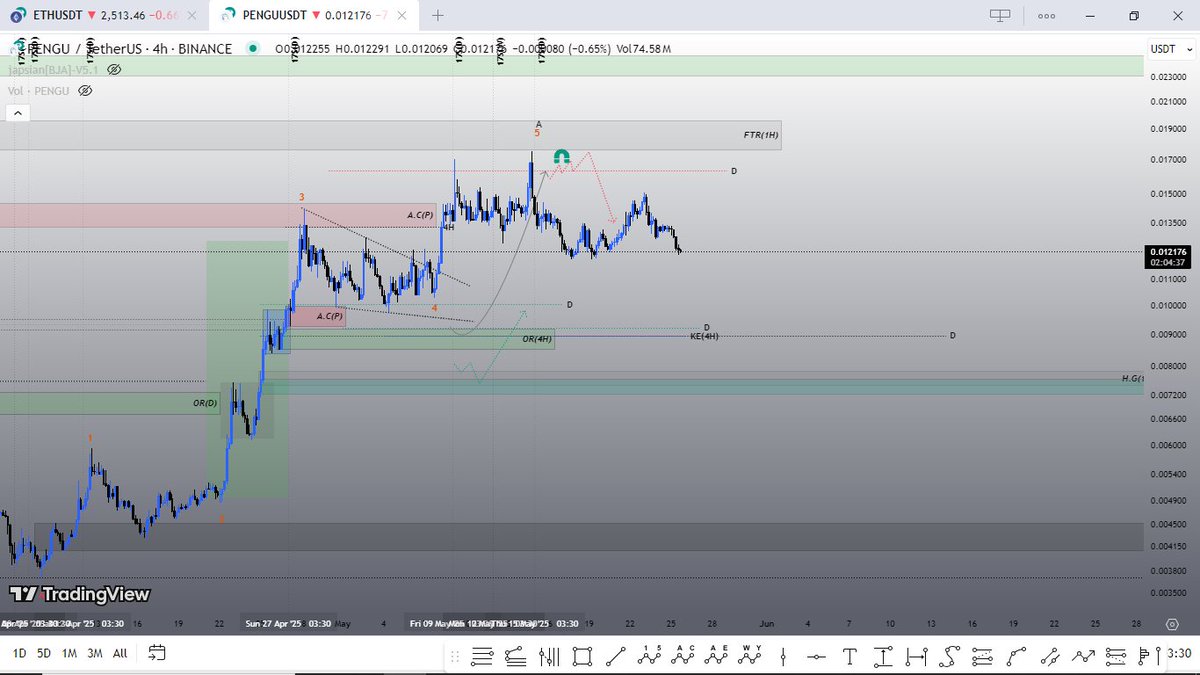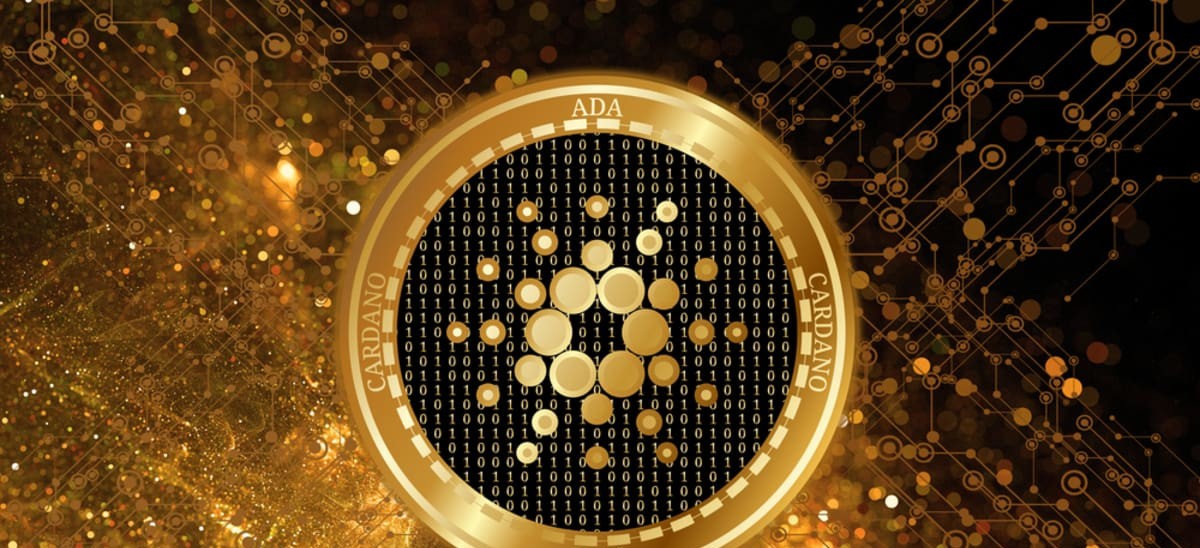—
AI and Its Impact on the Cryptocurrency Market: A Forward-Looking Analysis
Artificial Intelligence (AI) is no longer a distant concept confined to futuristic visions; it is actively reshaping industries worldwide, and the cryptocurrency market is no exception. As of 2025, AI’s integration into crypto trading, security protocols, market analysis, and blockchain development has begun to unlock new dimensions for investors and technologists alike. This report explores the profound roles AI plays in transforming crypto markets while unpacking the potential opportunities and challenges ahead.
—
The Growing Role of AI in Cryptocurrency Trading
The cryptocurrency market is notoriously volatile, with price swings that can defy traditional market logic. AI’s capacity to process massive datasets in real time and adapt to dynamic conditions gives it an edge in strategizing trading moves. Algorithmic trading powered by AI models, such as deep learning and reinforcement learning techniques, is now routinely deployed to identify patterns invisible to human traders.
AI-driven bots can scan social media sentiment, worldwide news, blockchain transaction data, and technical indicators to generate predictive analytics. This enables faster decision-making that can capitalize on fleeting arbitrage opportunities. For example, an AI system might detect a sudden surge in stablecoin inflows signaling impending bullish moves and position portfolio allocations accordingly.
However, AI is a double-edged sword here. While it enhances efficiency, it also risks amplifying market instability via automated flash crashes or herd behaviors if multiple AI systems execute similar strategies simultaneously.
—
Enhancing Security and Fraud Detection Using AI
In addition to trading, AI is a formidable ally in strengthening cryptocurrency security. Fraudulent activities like hacking, pump-and-dump schemes, and fake ICOs continue to challenge the space’s legitimacy. AI-powered monitoring tools can scrutinize blockchain transactions to flag anomalous activities indicative of scams or manipulative practices.
Machine learning models trained on historical fraud cases enable systems to improve their vigilance by recognizing emerging scam patterns. This capability helps exchanges, wallets, and regulators safeguard users’ assets by automating suspicious transaction alerts and cut-off mechanisms before severe damage occurs.
Moreover, AI is helping optimize identity verification and compliance processes, balancing user privacy with anti-money laundering (AML) and know-your-customer (KYC) mandates more effectively than manual methods.
—
AI’s Influence on Blockchain Protocol Development
Beyond immediate market activities, AI is also influencing the underlying blockchain technology that powers cryptocurrencies. Network scalability, consensus mechanisms, and energy efficiency are critical factors that AI can help innovate.
AI algorithms optimize blockchain network parameters dynamically, enhancing transaction throughput and reducing latency. For instance, AI can assist in adaptive consensus algorithms that shift between proof-of-stake and proof-of-work models based on network load and security threats.
Furthermore, AI-powered smart contracts can self-adjust to external inputs, improving automation and trustworthiness. This blending of AI and blockchain could lead to more sophisticated decentralized applications (dApps) that respond intelligently to user behavior and environmental factors.
—
Challenges and Ethical Considerations
Despite AI’s promise, several hurdles remain. The opacity of many AI models — often called “black boxes” — raises concerns about accountability and transparency in critical financial decisions. If an AI mispredicts market movements or fails to detect fraud, pinpointing responsibility becomes complex.
There is also a growing debate about the environmental impact of AI, especially when paired with energy-intensive blockchain operations. Combining the two might exacerbate carbon footprints unless energy-efficient AI models and green blockchain protocols gain precedence.
On a societal level, AI could intensify inequalities if access to advanced AI tools is limited primarily to institutional traders or large crypto players, sidelining retail investors. This calls for thoughtful regulation and inclusive technological development.
—
Looking Forward: AI as a Market Shaper
As AI continues to weave into the fabric of cryptocurrency markets, participants—from individual traders to institutional investors—must recognize its transformative power and accompanying risks. The synergy between AI and blockchain holds the potential to usher in enhanced market efficiency, security, and innovation.
However, the landscape also requires vigilant oversight to prevent unintended consequences such as systemic risks or ethical lapses. Success in this arena will come to those who blend AI-driven insights with human judgment, remaining adaptable in a rapidly evolving environment.
—
Conclusion: Embracing the AI-Driven Crypto Future
Artificial Intelligence has become a pivotal force in the cryptocurrency ecosystem by offering unprecedented analytical power, improving security frameworks, and driving blockchain innovation. It equips market participants with tools that transcend traditional limitations, thereby shifting how value is discovered, secured, and transferred.
Nonetheless, the road ahead is multi-dimensional—brimming with opportunities and layered with complex challenges that must be navigated carefully. Balancing technological advancement with ethical responsibility will define the crypto market’s trajectory in this AI-augmented era.
With thoughtful integration and strategic adoption, AI can elevate the cryptocurrency world to new heights—melding human ingenuity with machine intelligence in the endless quest for financial and technological evolution.
—
References
None cited for this analysis.
—











